Titanosaur Photos: Meet the Largest Dinosaur on Record
Wrapped up
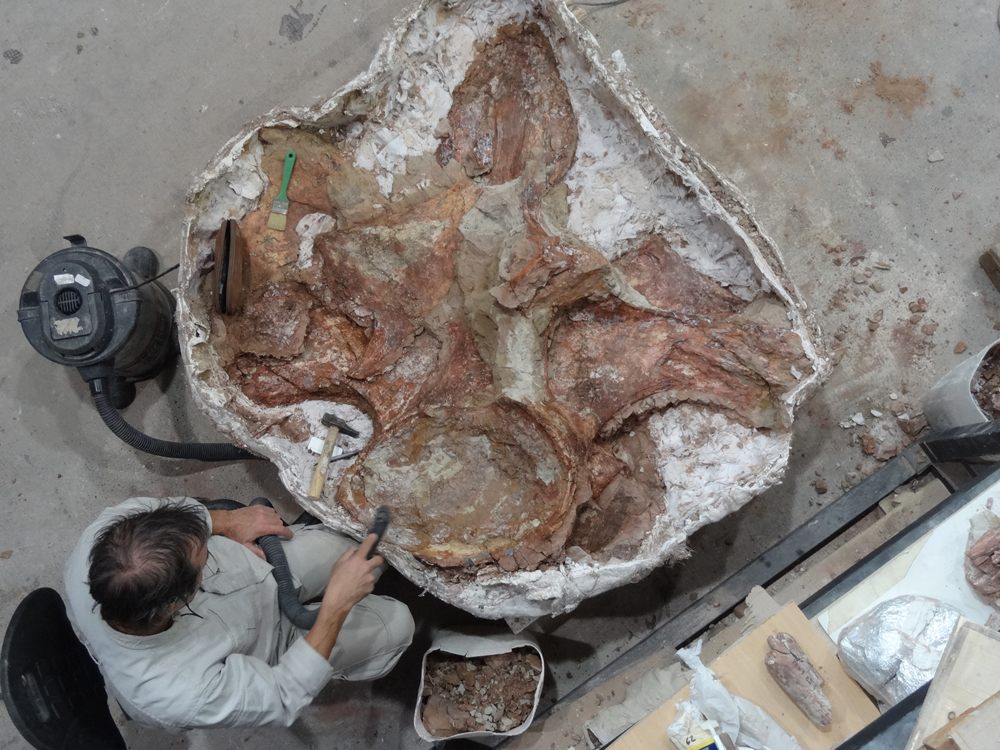
The researchers wrapped the fossils in burlap casts and transported them to a lab, where they could be extracted from the rock and studied.
Bony analysis
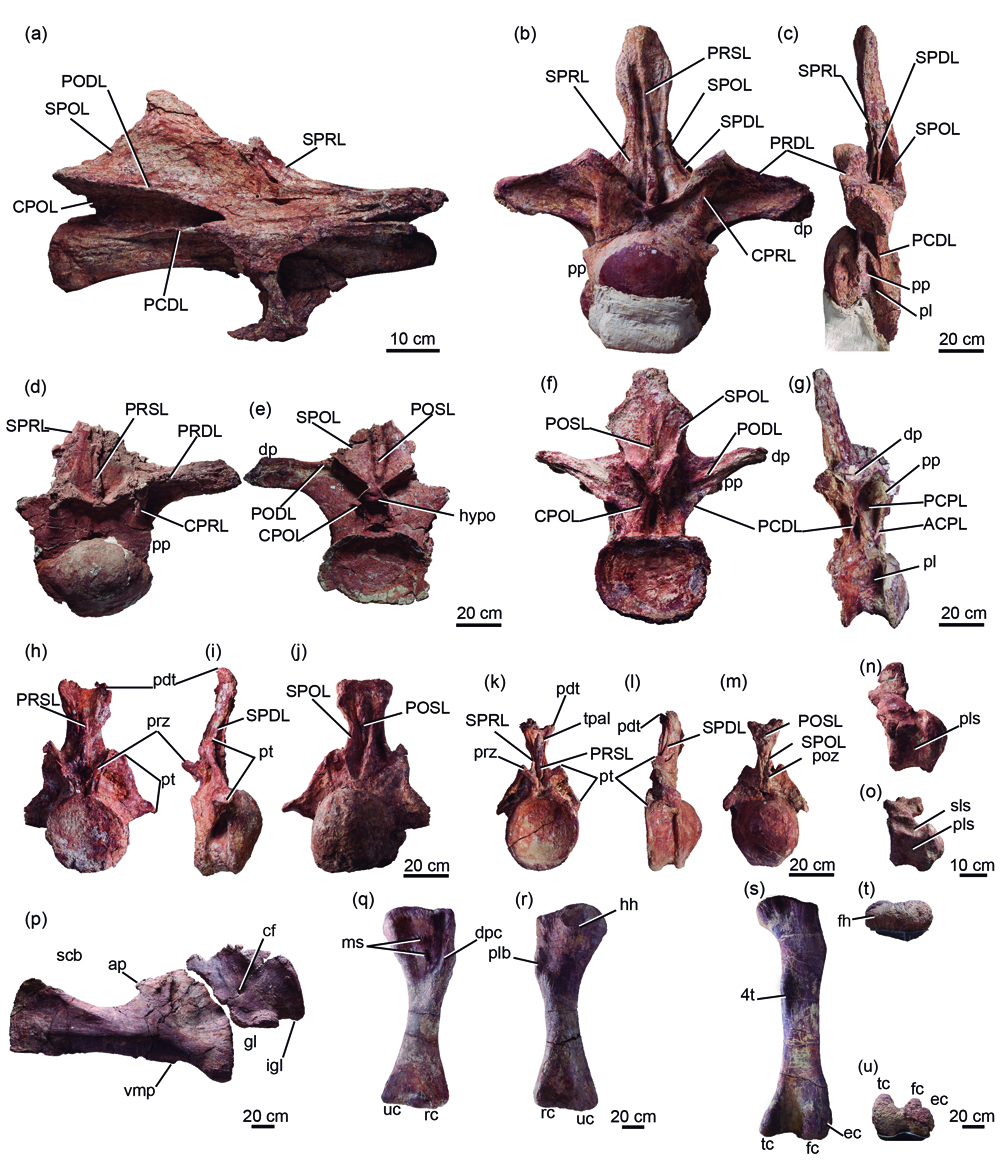
An analysis of the bones showed that the titanosaurs weren't growing as fast as they previously had, but that they were still growing.
The skeleton

A drawling of the titanosaur's skeleton. Notice its enormous neck vertebrae
Recovered bones

Most titanosaur species are known from relatively few fossilized bones. But researchers were able to recover most of the bones belonging to P. mayorum.
Why six?
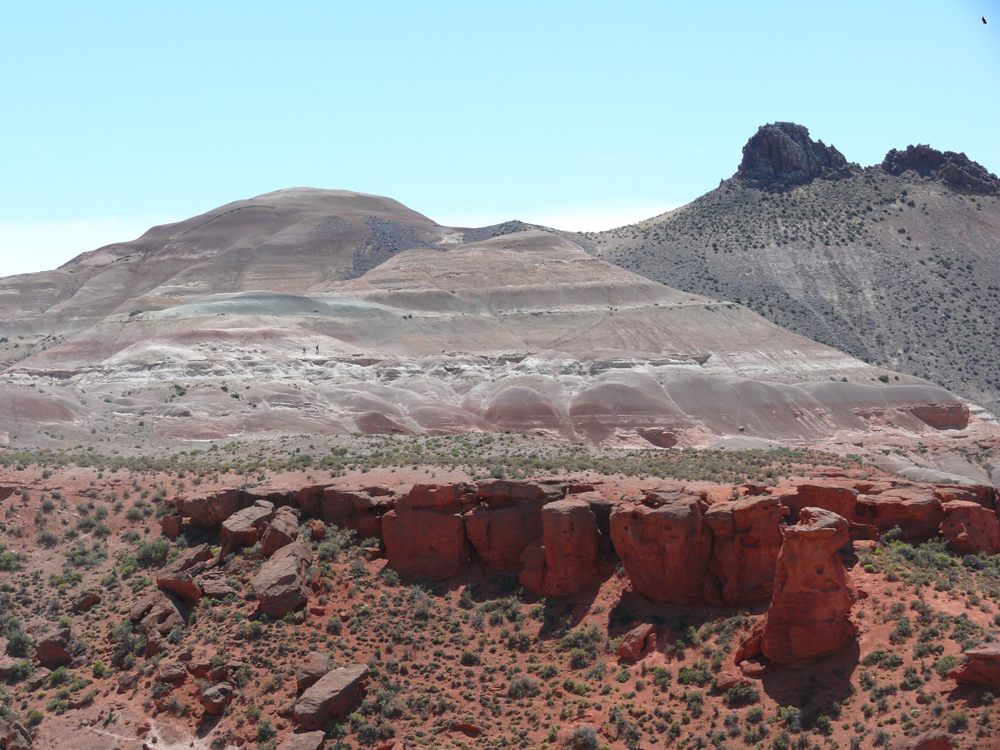
Why did six of these titanosaurs die in the same place?
It's possible that the dinosaurs used an ancient lake as a watering hole. Perhaps the lake dried up during times of drought, and some of the titanosaurs died there, partly from thirst.
New York masterpiece
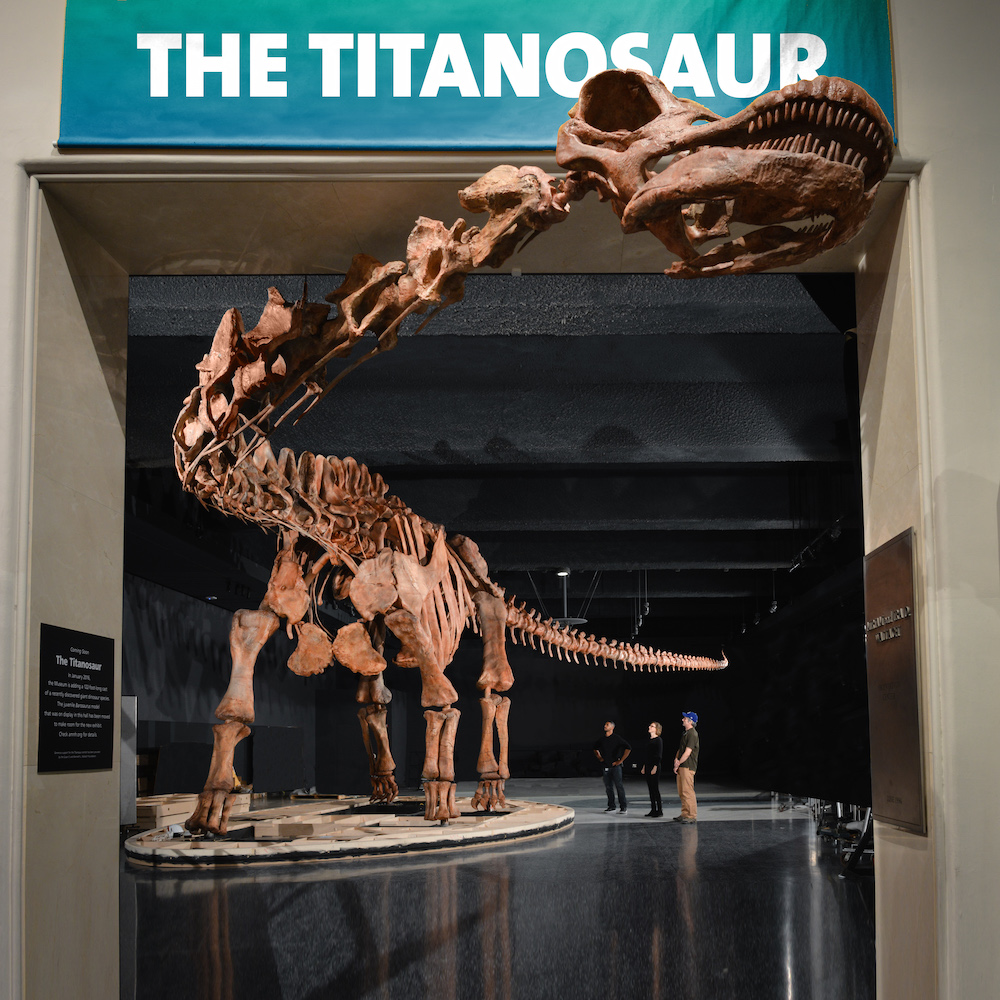
Diego Pol, one of the dig's leaders, earned his doctorate from a joint program conducted by Columbia University in New York and the American Museum of Natural History (AMNH), in the lab of Mark Norell, the museum chairman of paleontology.
During the dig, Pol emailed Norell a photo of himself lying on the dinosaur's gigantic femur. Intrigued, Norell asked Pol if the AMNH could display the newfound species. Pol agreed, and a cast of the titanosaur was made and assembled at the AMNH in 2016, before the titanosaur was formally named.
[Read the full story about the museum's ongoing titanosaur exhibit]
Family tree
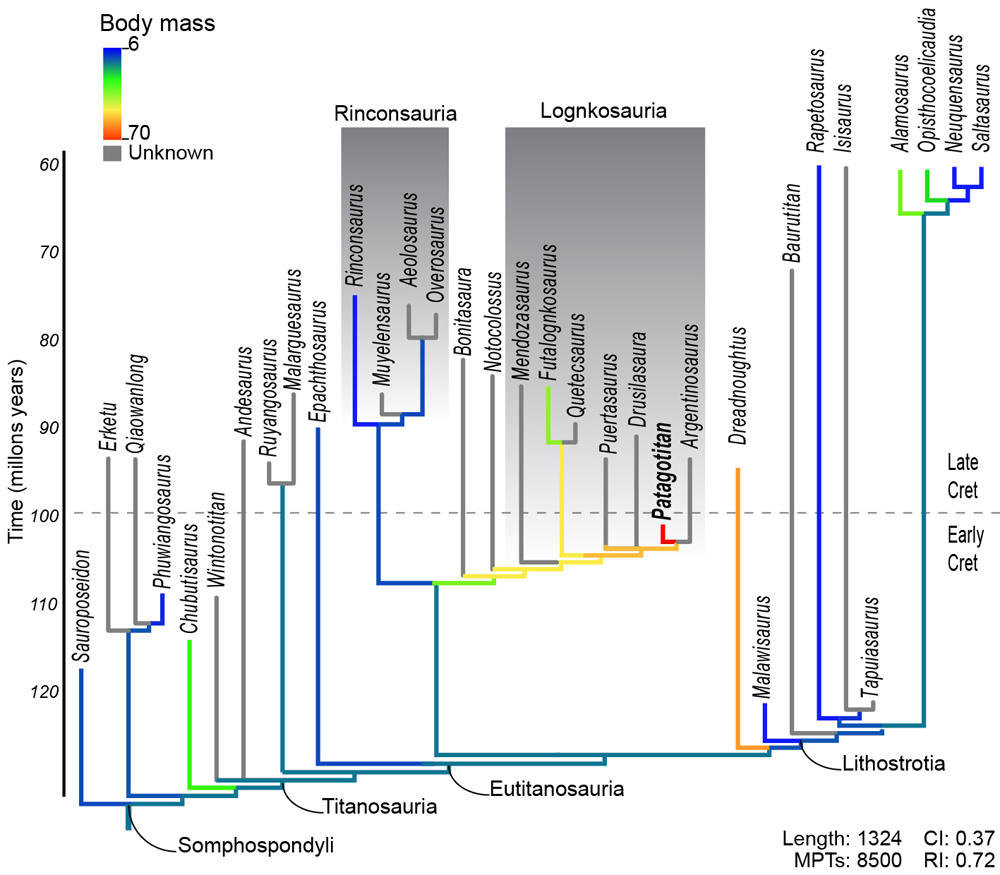
The researchers compared the fossilized bones of P. mayorum with those of other titanosaurs uncovered in Patagonia. This allowed them to construct a family tree.
The family tree shows that the clade of P. mayorum is a sister clade to Rinconsauria, a lineage that includes some of the smallest titanosaurs on record, the researchers wrote in the study. Some of these "small" titanosaurs, including Rinconsaurus and Saltasaurus, had body masses of about 6 tons (5.4 metric tons).
Get the world’s most fascinating discoveries delivered straight to your inbox.
Long dinosaur
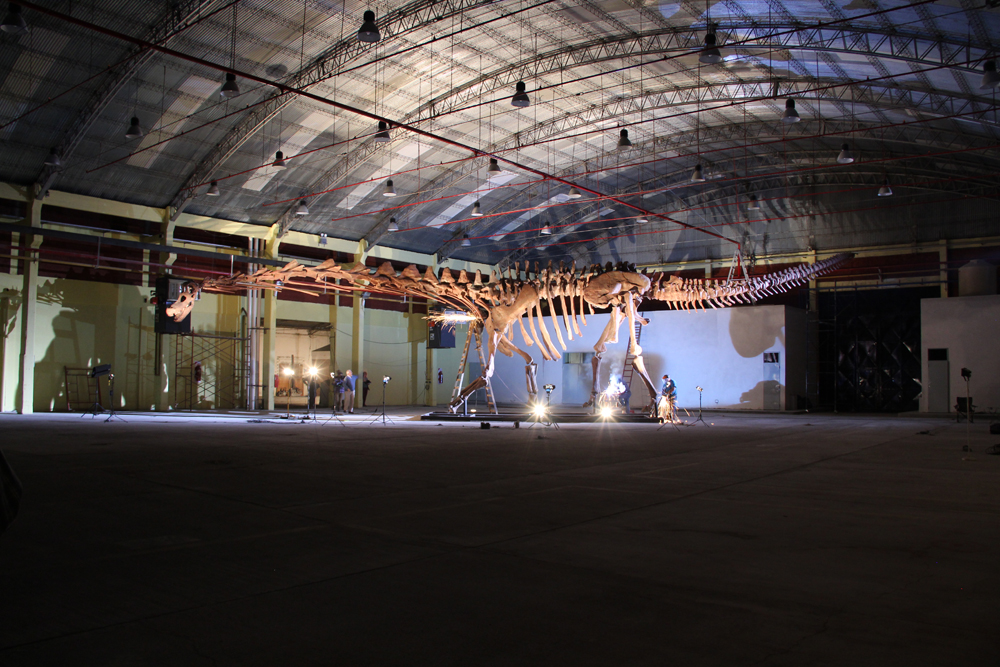
P. mayorum measured 122 feet (37 meters) long.
Illustrated dino
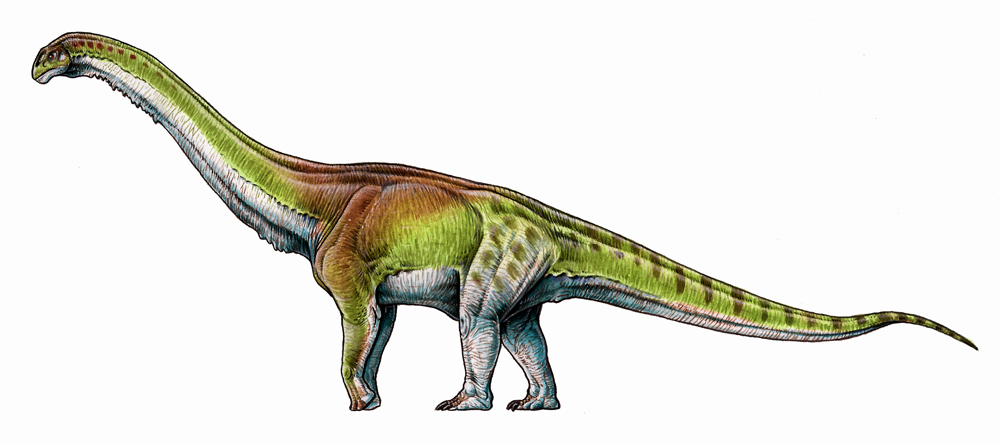
P. mayorum was an herbivore.
Long neck
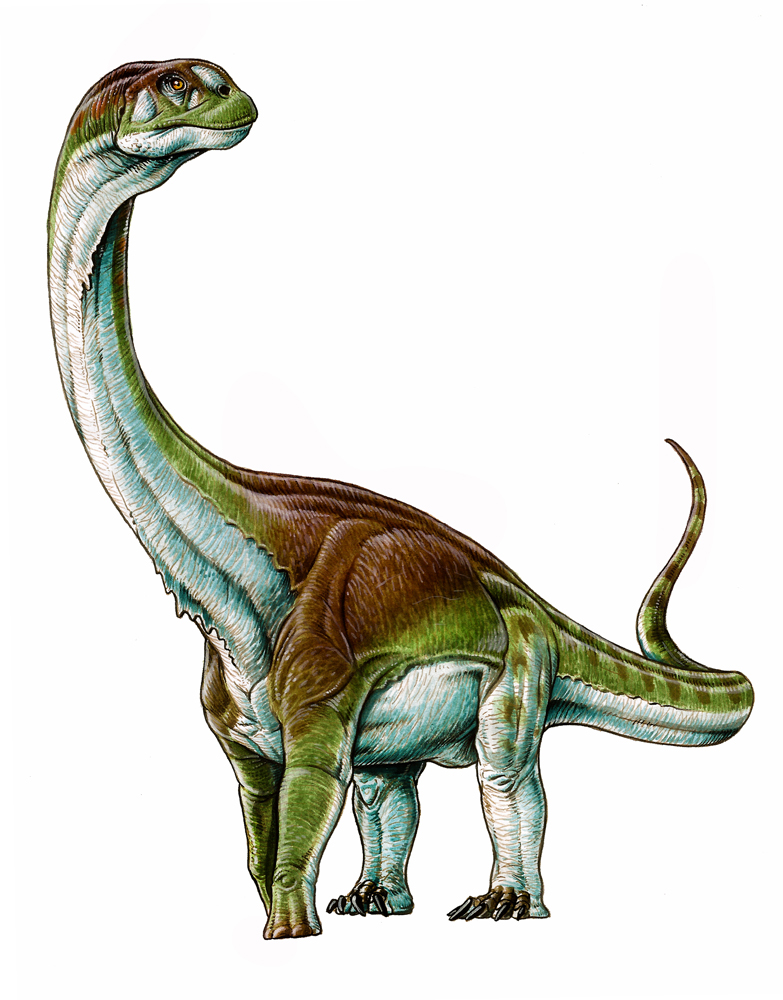
When its head was sticking straight up, it could have reached almost 50 feet (15 m) high.

Laura is the managing editor at Live Science. She also runs the archaeology section and the Life's Little Mysteries series. Her work has appeared in The New York Times, Scholastic, Popular Science and Spectrum, a site on autism research. She has won multiple awards from the Society of Professional Journalists and the Washington Newspaper Publishers Association for her reporting at a weekly newspaper near Seattle. Laura holds a bachelor's degree in English literature and psychology from Washington University in St. Louis and a master's degree in science writing from NYU.


